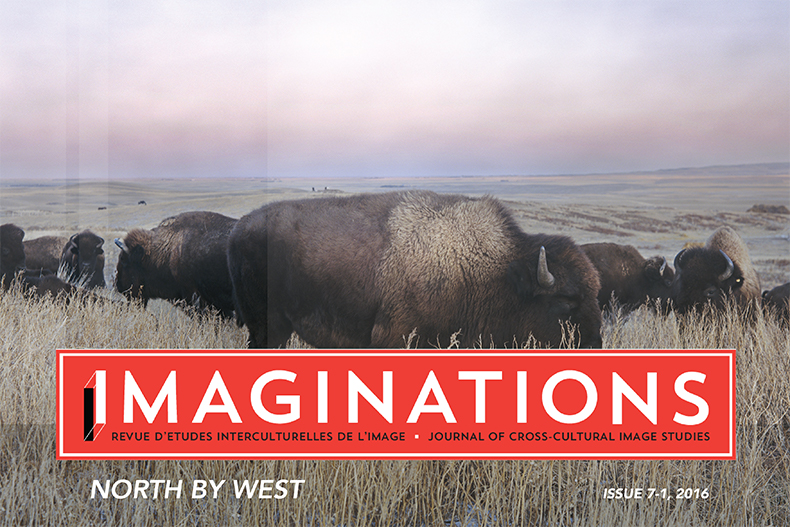Wood Grain Elevators: Architecture Engrained on the Canadian Prairies
DOI:
https://doi.org/10.17742/IMAGE.NBW.7-1.6Abstract
Abstract | This essay examines the tangible and intangible cultural heritage of the wooden grain elevators across the prairies. As wooden elevators become obsolete as a result of changing agricultural technology, they are facing neglect, abandonment, and demolition. While these elevators were once purely functional structures, their unintentional monumentality has contributed to their relationship with prairie people, fostering individual and communal identity. The wooden elevators are explored in the context of the past, present, and future using archival research, site visits, and interviews. The town of Indian Head, SK is a case study. The micro-history of Indian Head permits an understanding of the relationship between elevators and other prairie towns. The concept of living heritage is employed to investigate the tangible and intangible cultural heritage associated with grain elevators using a temporal framework. Living heritage is both an action and theory—a way of thinking and acting towards the past—which sets the stage for a multifaceted discourse concerning place, time, and people relating to the wooden grain elevators across the prairie provinces. This essay substantiates the importance of the wooden grain elevators to prairie people and prescribes an architectural response for adaptive reuse.
Résumé | Cet essai explore l’héritage concret et abstrait des ascenseurs à grain en bois au travers de la région des Prairies. Au fur et à mesure que ces ascenseurs devinrent obsolètes, un résultat des changements dans la technologie agricole, ils furent négligés, abandonnés et détruits. Bien que ces ascenseurs fussent autrefois des structures à but purement fonctionnel, leur stature monumentale par inadvertance a influencé les relations que les habitants des Prairies entretiennent avec ces-derniers, encourageant une identité individuelle et communautaire. Le passé, le présent et le futur de ces ascenseurs ont été étudiés par le biais de recherches d’archives, de visites de sites et d’entretiens. La ville d’Indian Head, SK est une étude de cas. La micro-histoire d’Indian Head permet de comprendre la relation entre ces ascenseurs et les habitants de villes des Prairies. Le concept d’héritage vivant est utilisé pour examiner l’héritage culturel concret et abstrait qui est associé aux ascenseurs à grains dans un cadre temporel. L’héritage vivant est à la fois un acte et une théorie ; une manière de penser et de se comporter envers le passé, qui ouvre la porte à une discussion complexe sur l’espace, le temps et les gens en lien avec les ascenseurs à grain en bois dans la région des Prairies. Cet essai fournit des preuves sur l’importance de ces ascenseurs pour les habitants des Prairies et propose une solution architecturale pour une réutilisation adaptée.
Downloads
Published
How to Cite
Issue
Section
License

This work by https://journals.library.ualberta.ca/imaginations is licensed under a Creative Commons 4.0 International License although certain works referenced herein may be separately licensed, or the author has exercised their right to fair dealing under the Canadian Copyright Act.




